Today the museum is housed in an old elementary school, but it will be moving to a location across Highway 98 from Carrabelle Beach. We learned that the new museum is scheduled to open in June, 2017.
CJG opened in 1942 and was used primarily to prepare amphibious troops along with their support personnel for WWII combat for both the Pacific and Atlantic theaters during WWII. More than 250,000 men and women were trained between 1942 and 1946. All branches of the military were trained here. The camp extended for 20 miles along the eastern panhandle in Florida from Ochlockonee Bay to Carrabelle.
The CJG Museum has extensive displays of the history of the various units that trained at the camp including photos of the area during the years it was open. The buildings at the camp were basically tar paper shacks. Heat was provided by coal stoves and this showers and latrine were located nearby. All uniforms, furniture, cabinets, and other artifacts are vintage WWII items, most excavated from the camp. The first photo is that of an officer's quarters.
The barracks had sand floors and were very primitive.
Also shown is the living room of a typical family during the war with period artifacts.
Entertainment during the war was primarily listening to the radio (also the source of news on the war) and music. This organ was built in London around 1900. It was common for ladies to play and others to join in with song.
An authentic officers' mess kit and a command post radio used during the war were displayed.
This hands-on display had several mines, artillery shells, and a grenade (I was surprised at how heavy it was) used during WWII. A mine sweeper was on display as well. Also shown is a Type 44 carbine used by the Japanese and a Carcano (Italian bolt action carbine) used by the Italians.
In late 1943, the US Army 4th Infantry Division trained for the Normandy Invasion on D-Day on Carrabelle Beach and Dog Island. It was their last stop before shipping out to the UK for the invasion on 6/06/1944. They were the first amphibious infantry assault team to arrive on French soil during the battle.
This display is a tribute to the African Americans who served in WWII, including the 50,000 from Florida. Although the units were primarily segregated during the war, many were trained here in FL and some at CGJ. Blacks from the north were, not surprisingly, appalled at the way they were treated in the south.
Forty ships were attacked, damaged, or sunk off of the coast of Florida coast by U-boats (German submarines) as shown in the map below. U-157 was sunk by the US Coast Guard in 1942.
378,000 German and Italian prisoners-of-war were imprisoned in the US during WWII. About 10,000 of them were held in Florida: 7,500 at Camp Blanding and the other 2,500 at Camp Gordon Johnson.
Many veterans, and their families, have contributed various artifacts brought back from the war abroad and other personal items, such as uniforms and photographs.
Banners commemorating various units can be seen in the museum.
And many photographs taken when the camp was in use are on display including this one of troops at an outdoor church service.
While I feel that I already know a lot about WWII, this museum provided new insights particularly about the amphibious training that occurred here in Carrabelle and the military activity in the state of Florida during the war. The courage and bravery of all who served will never be forgotten by our grateful nation. This iconic photo taken at the end of the war was also on display.
There is no admission fee to visit the museum but donations are gratefully accepted. Guided tours can be arranged by appointment (two weeks in advance notice required). For additional information about the Camp Gordon Johnston WWII Museum, go to www.compgordonjohnston.com.


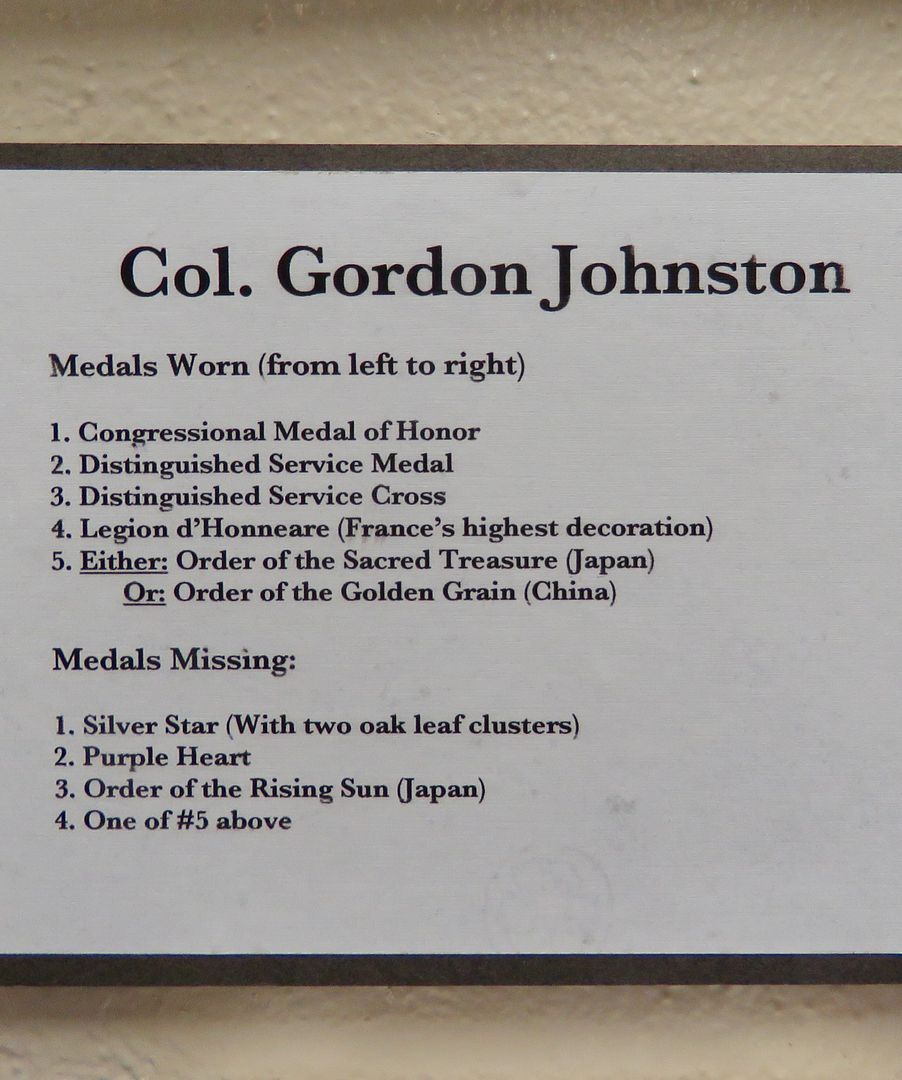
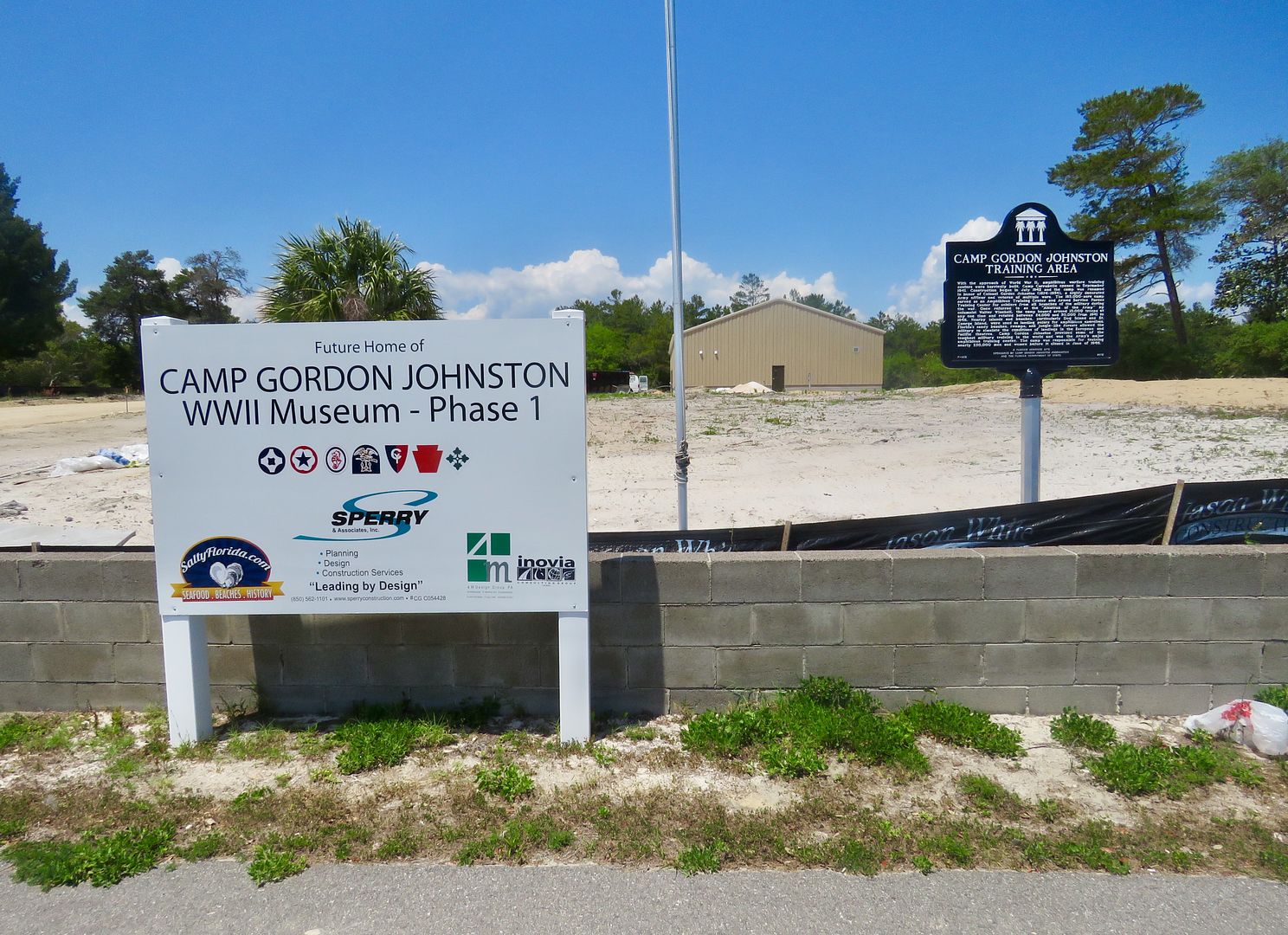
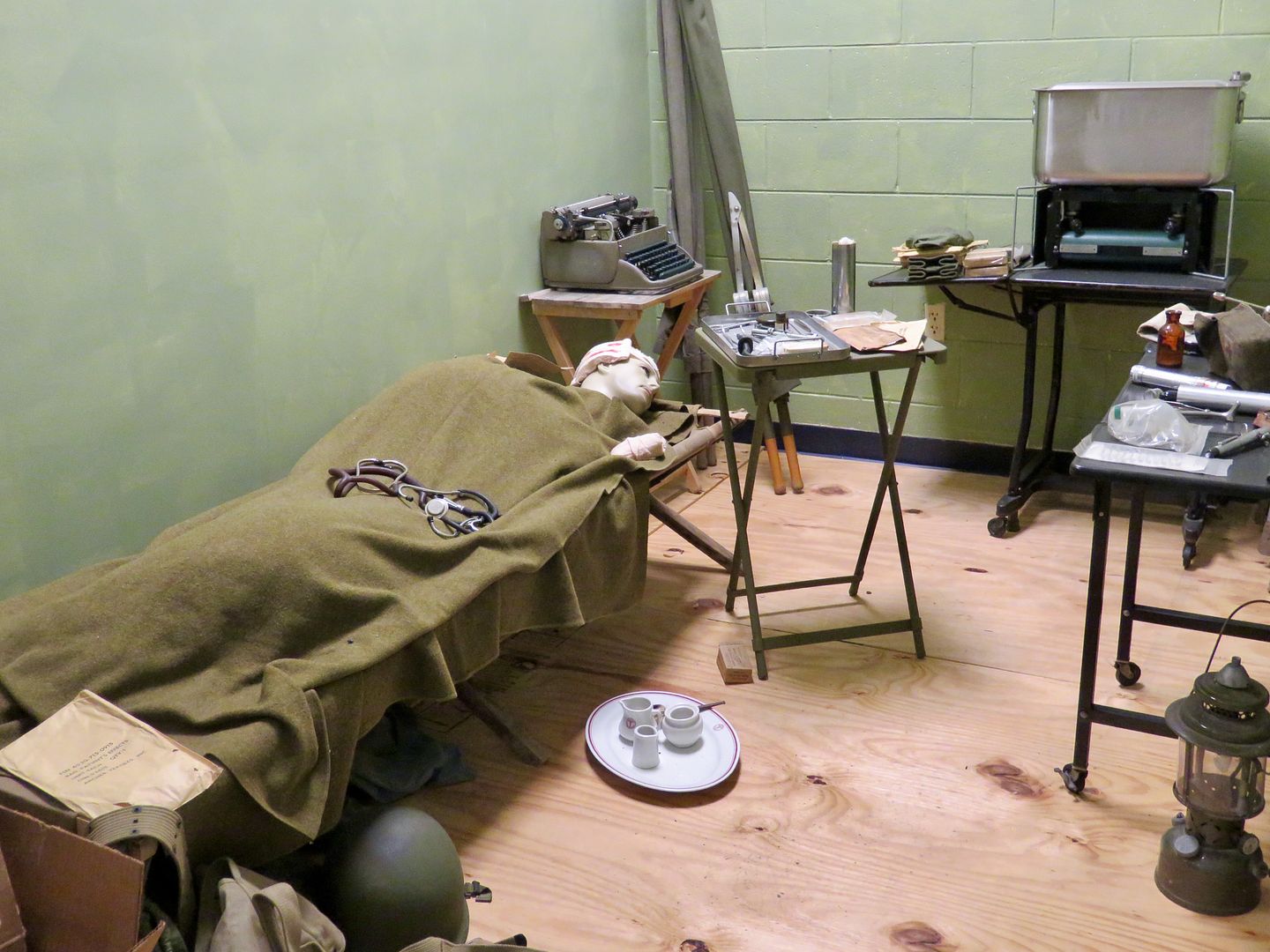
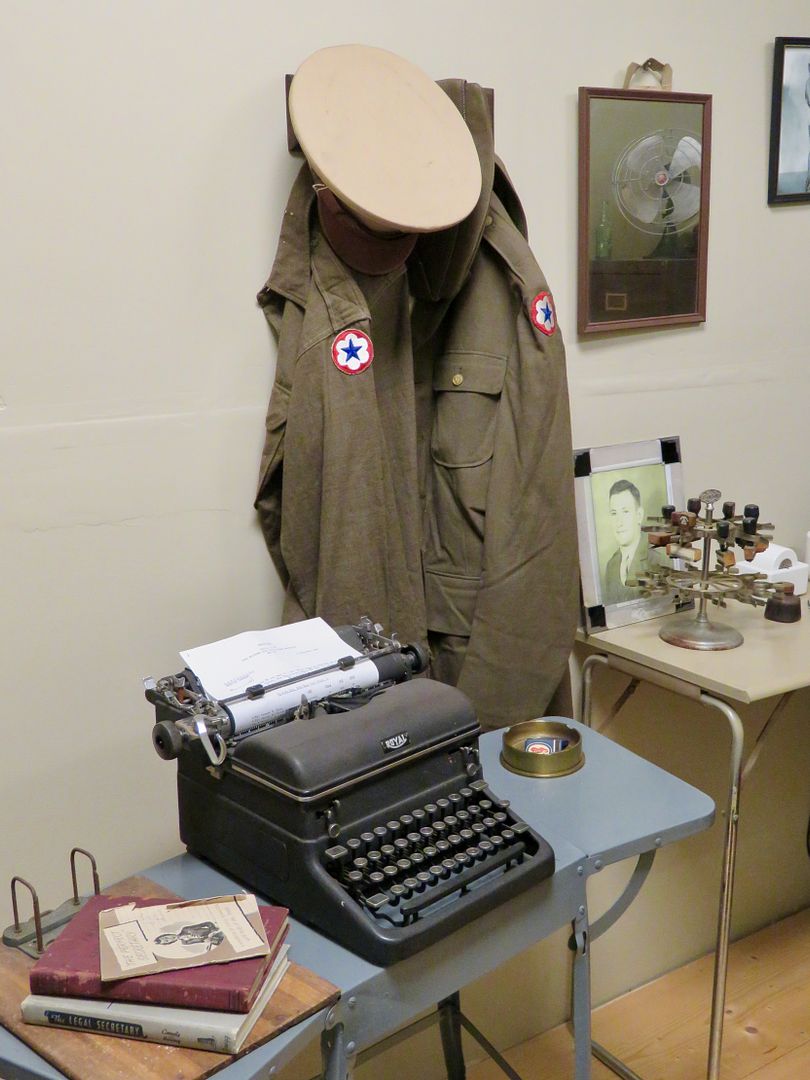
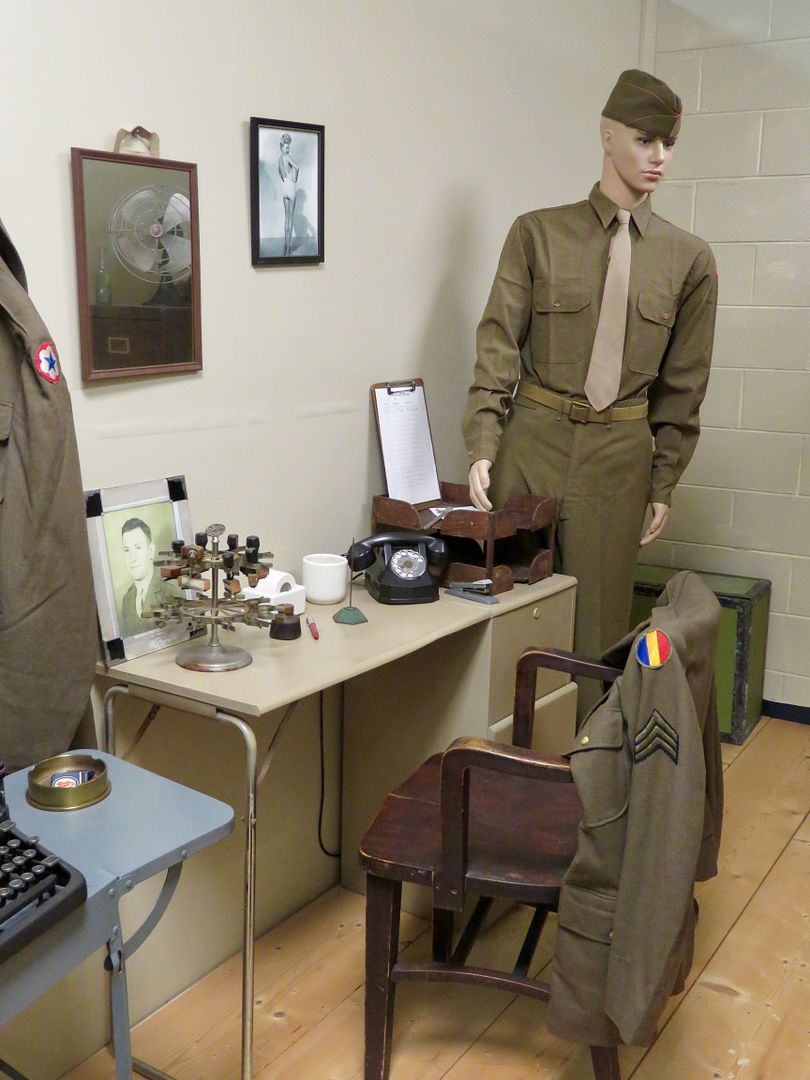
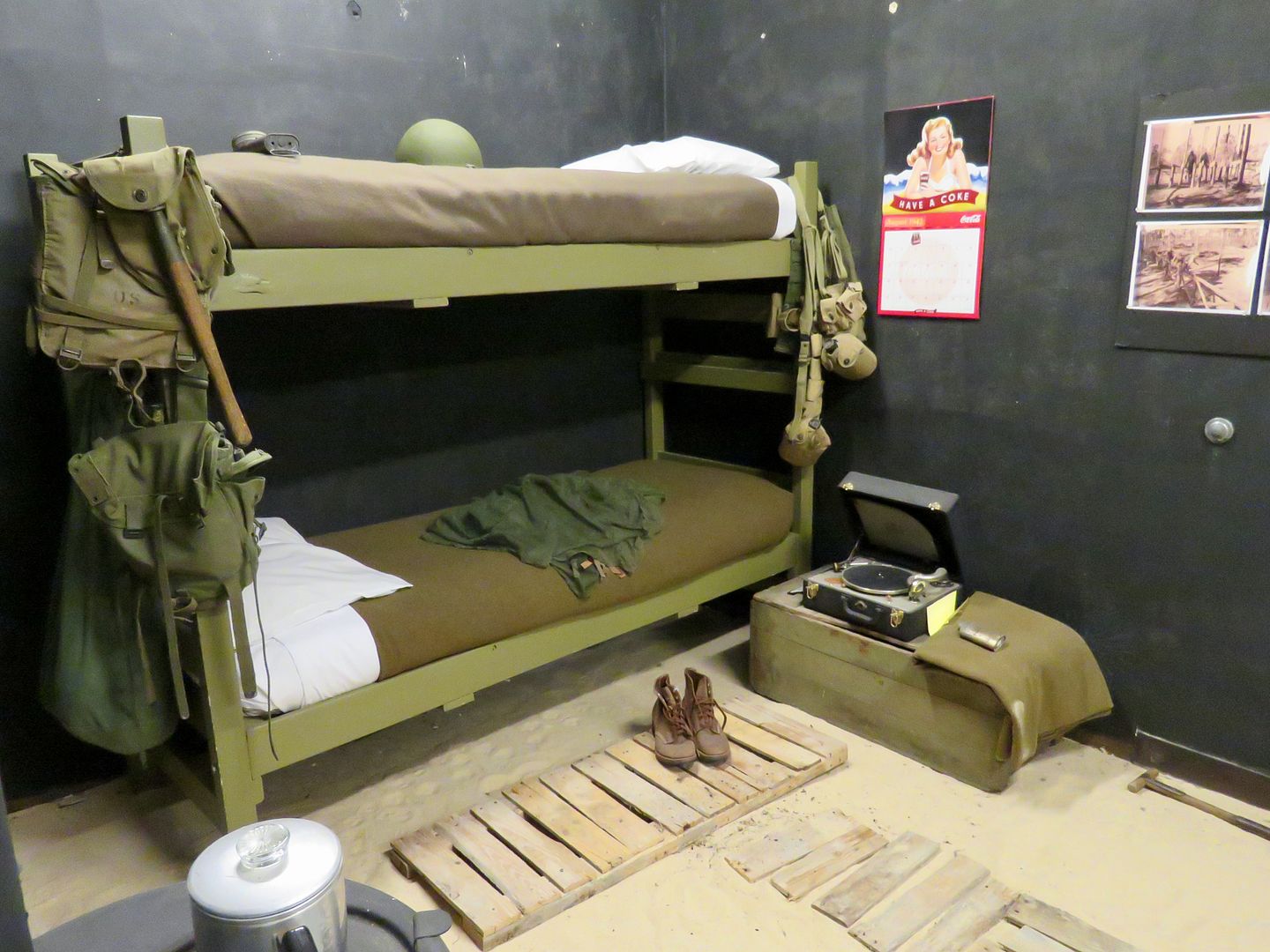
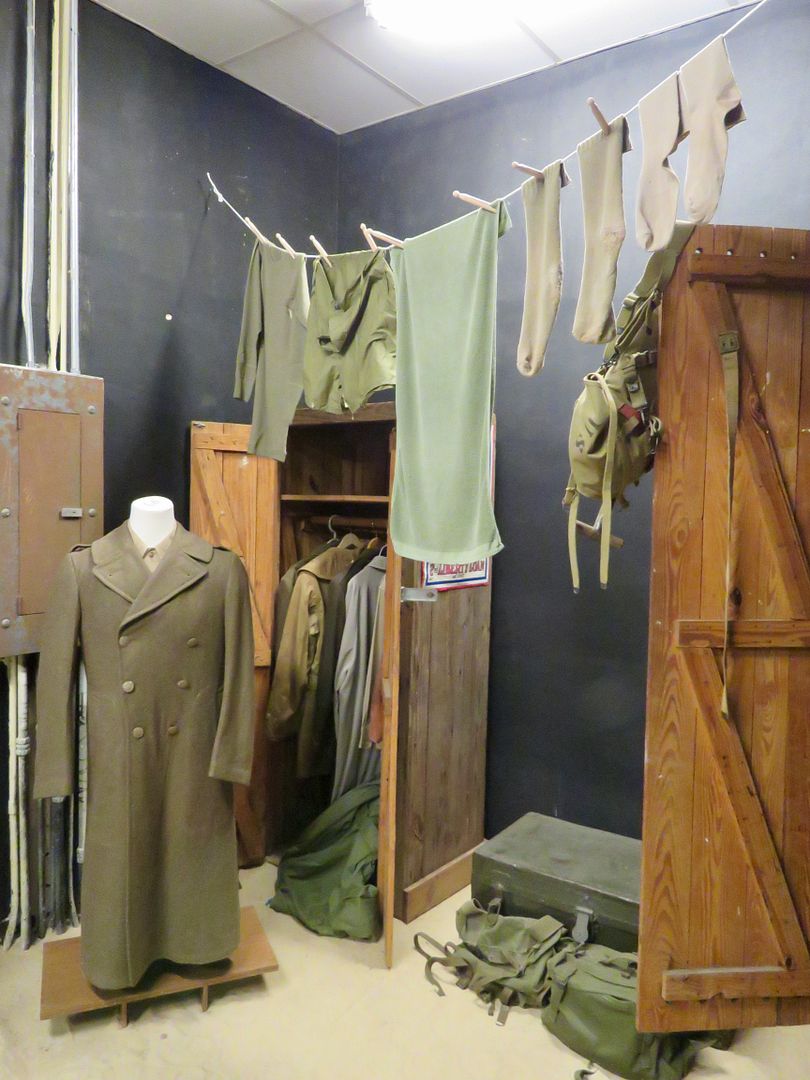
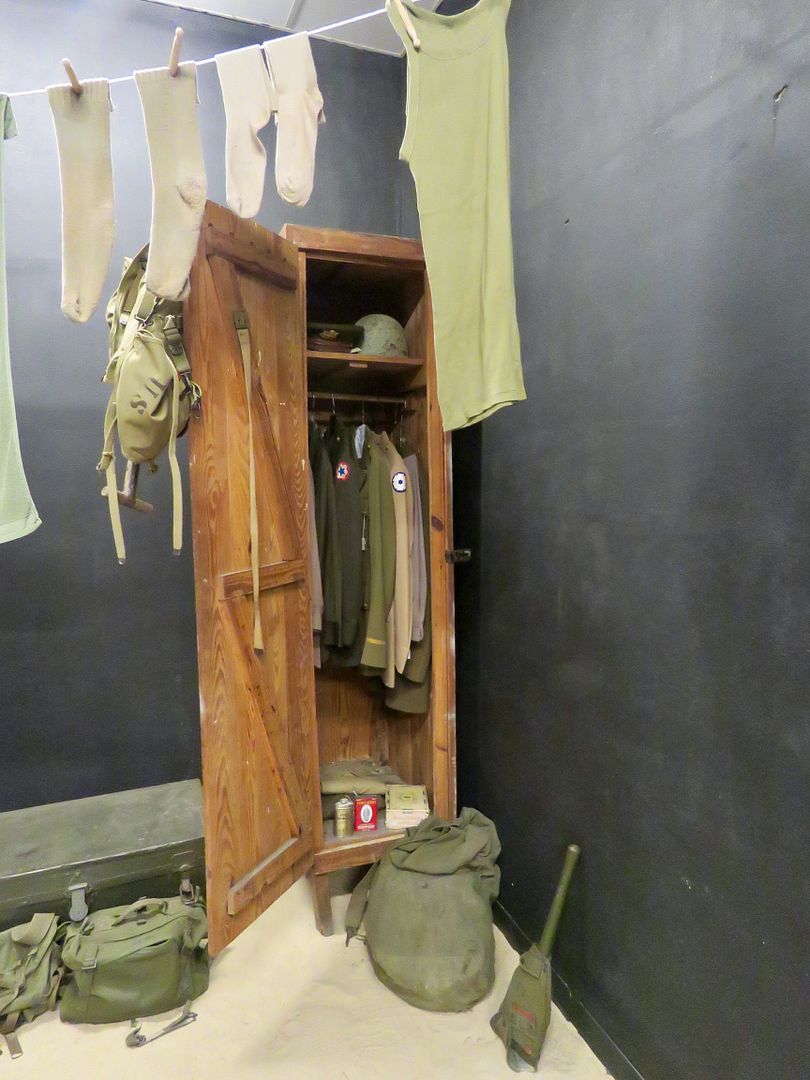

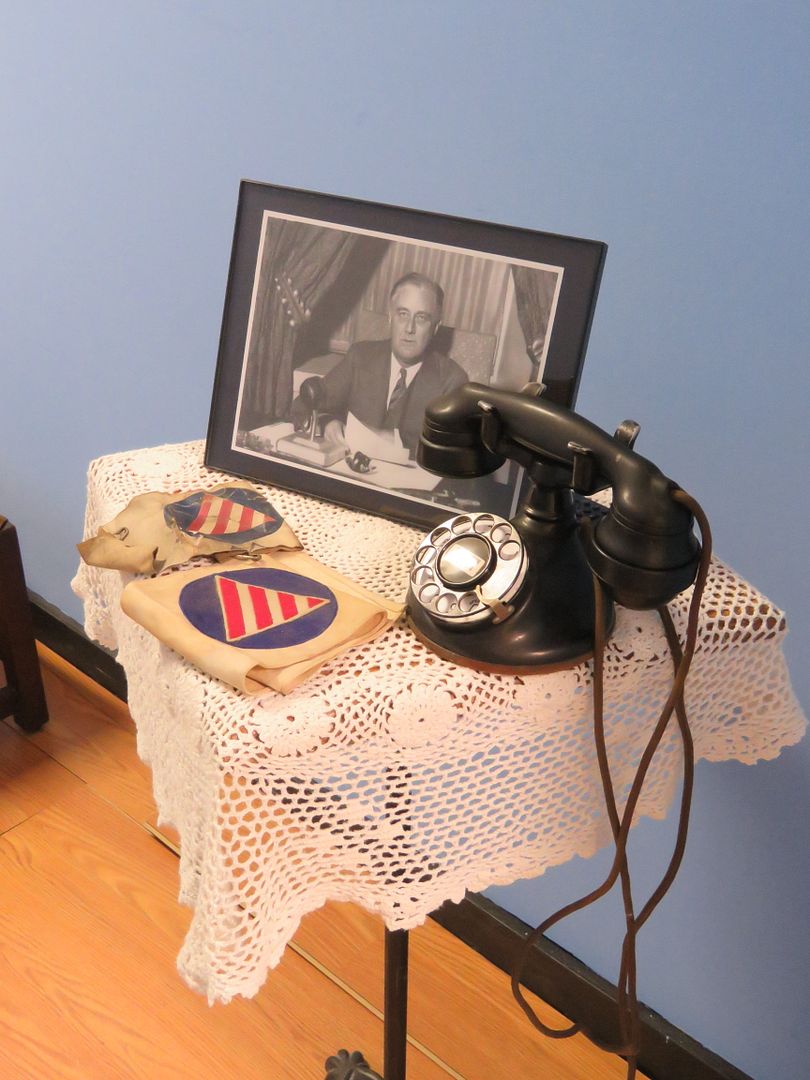
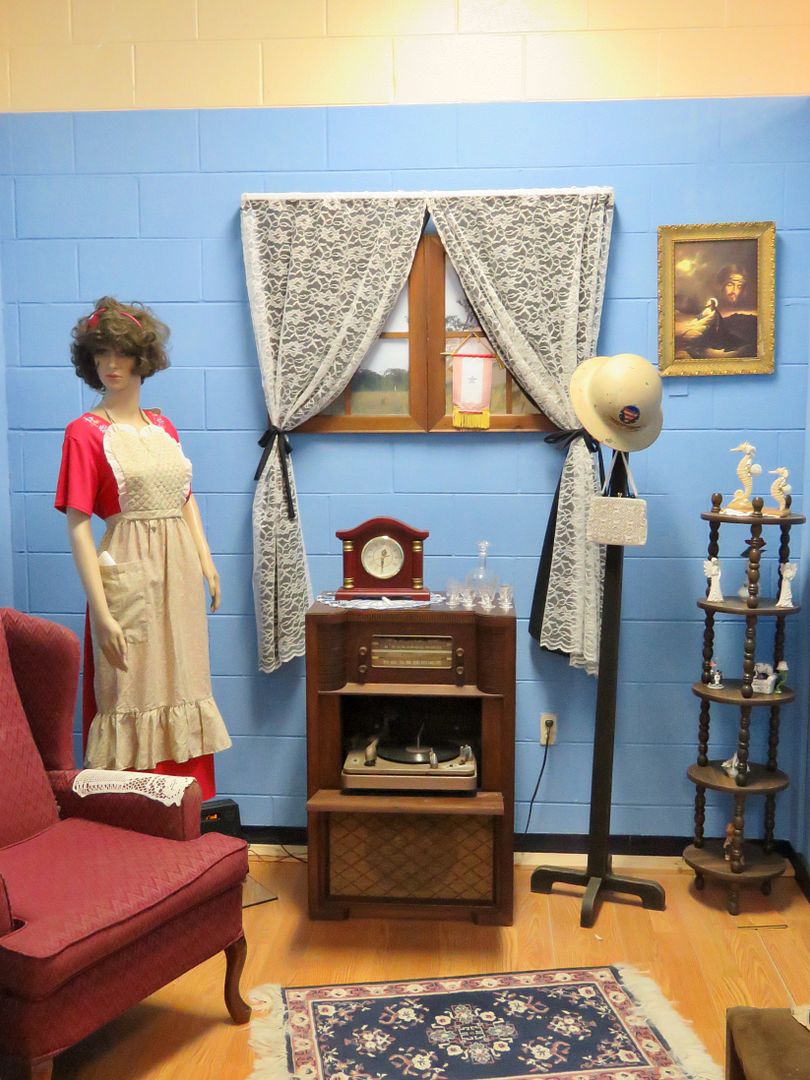
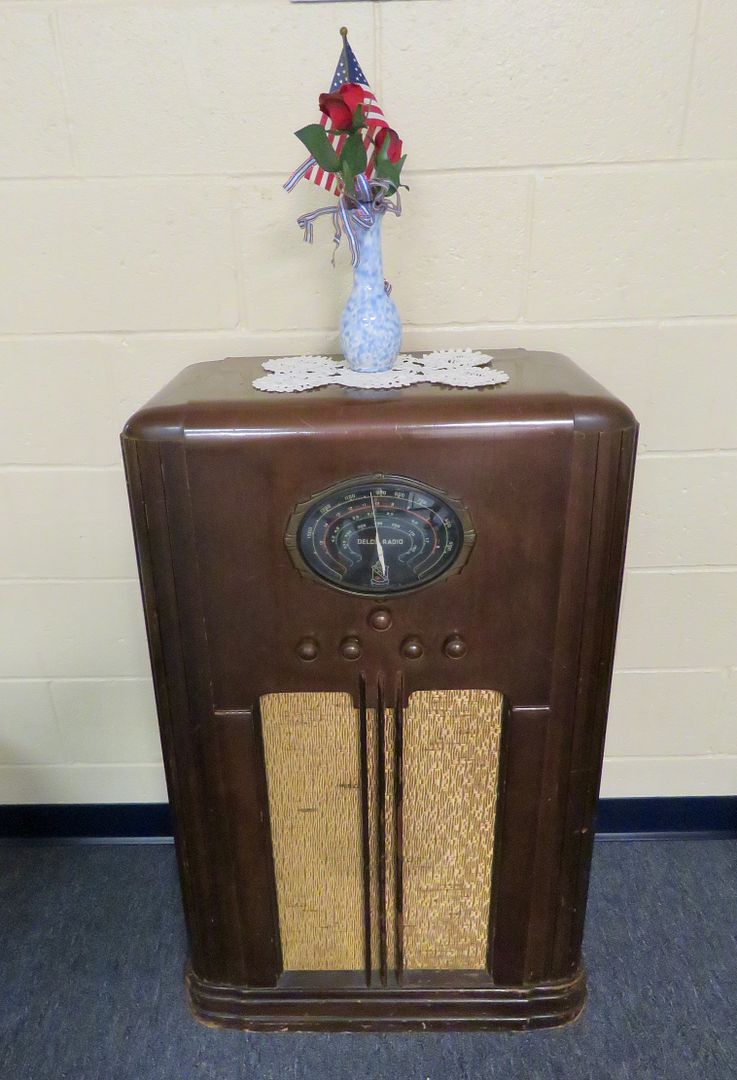
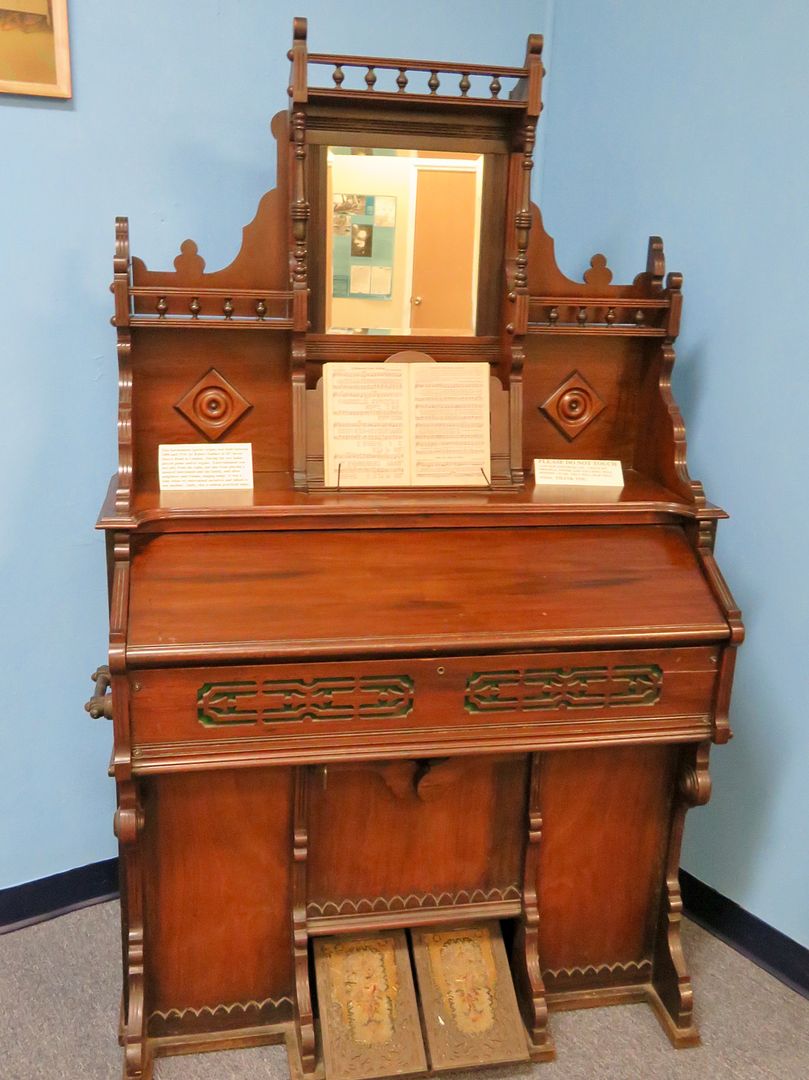
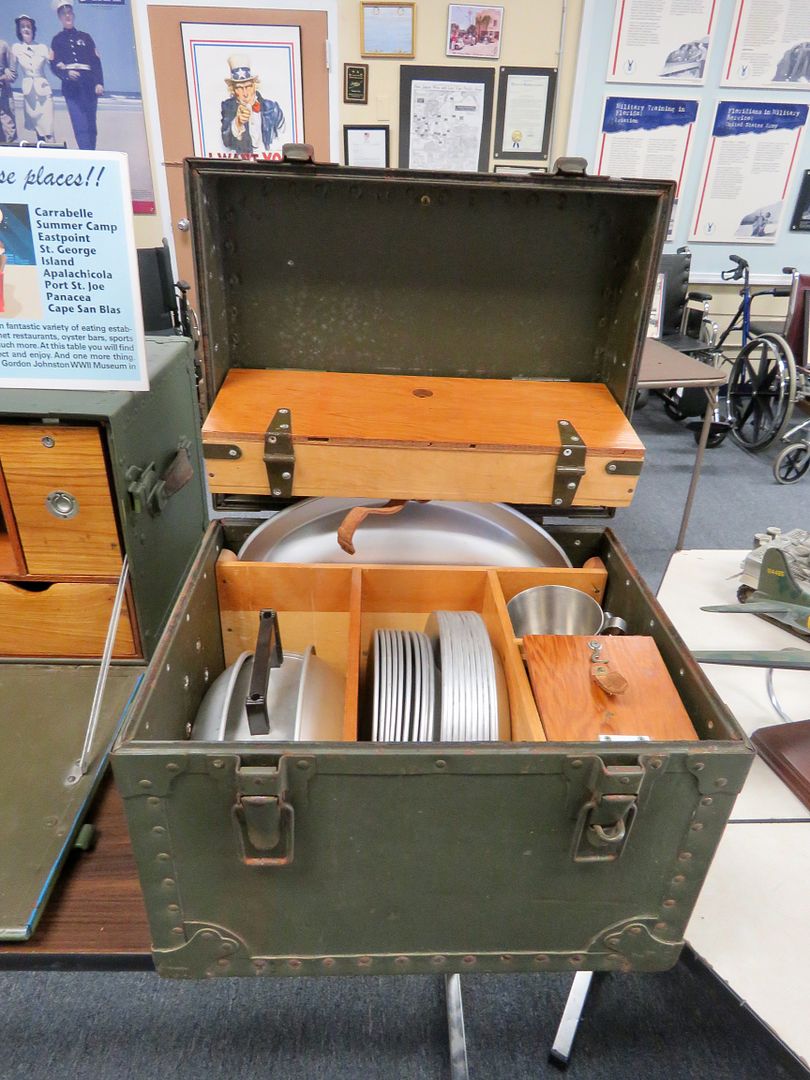
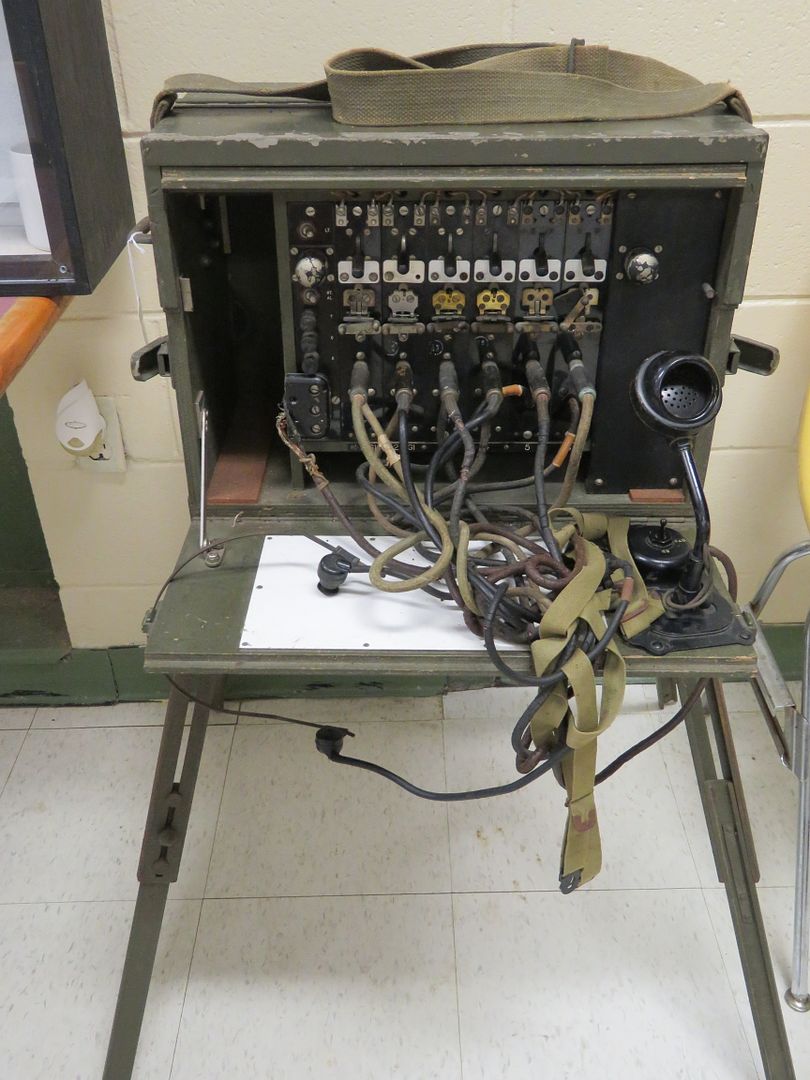
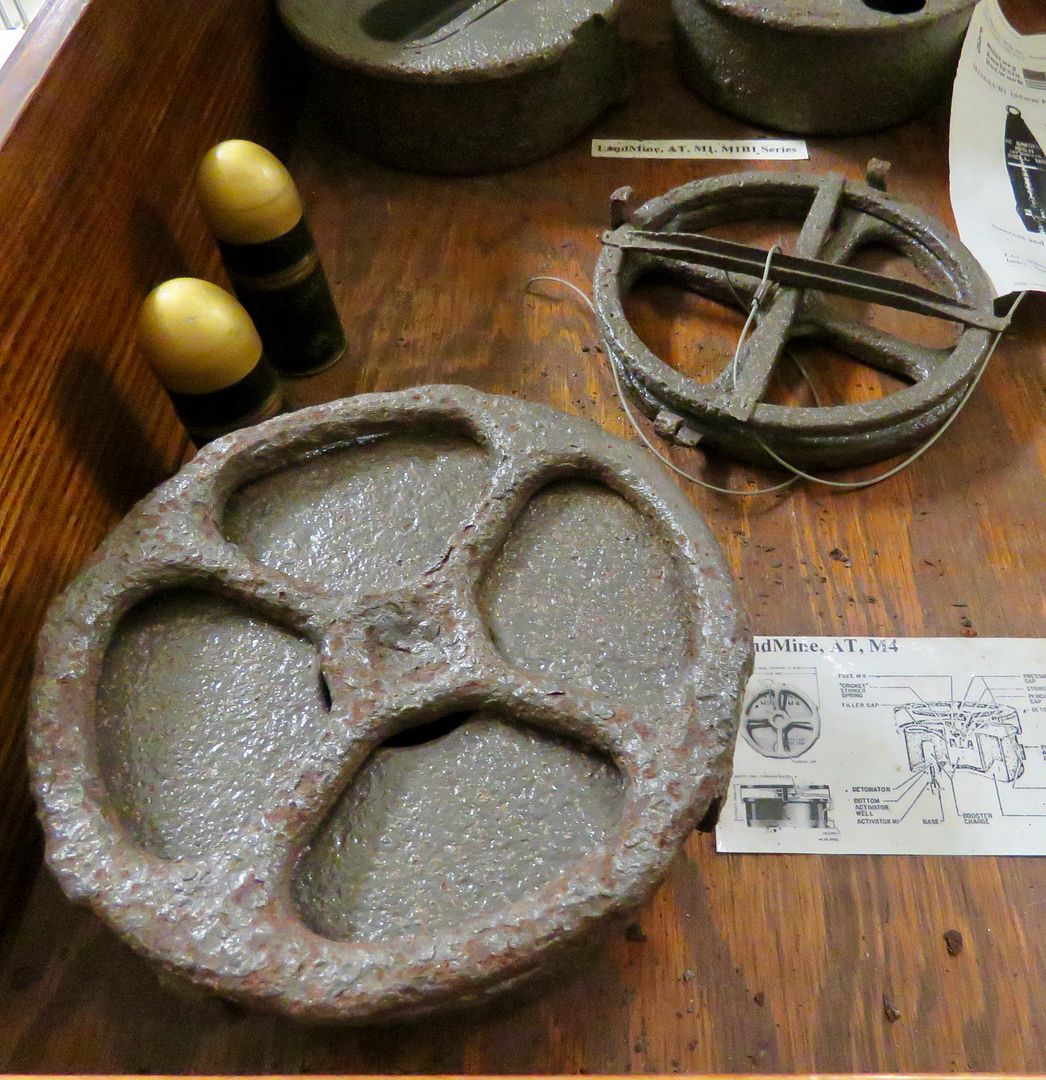
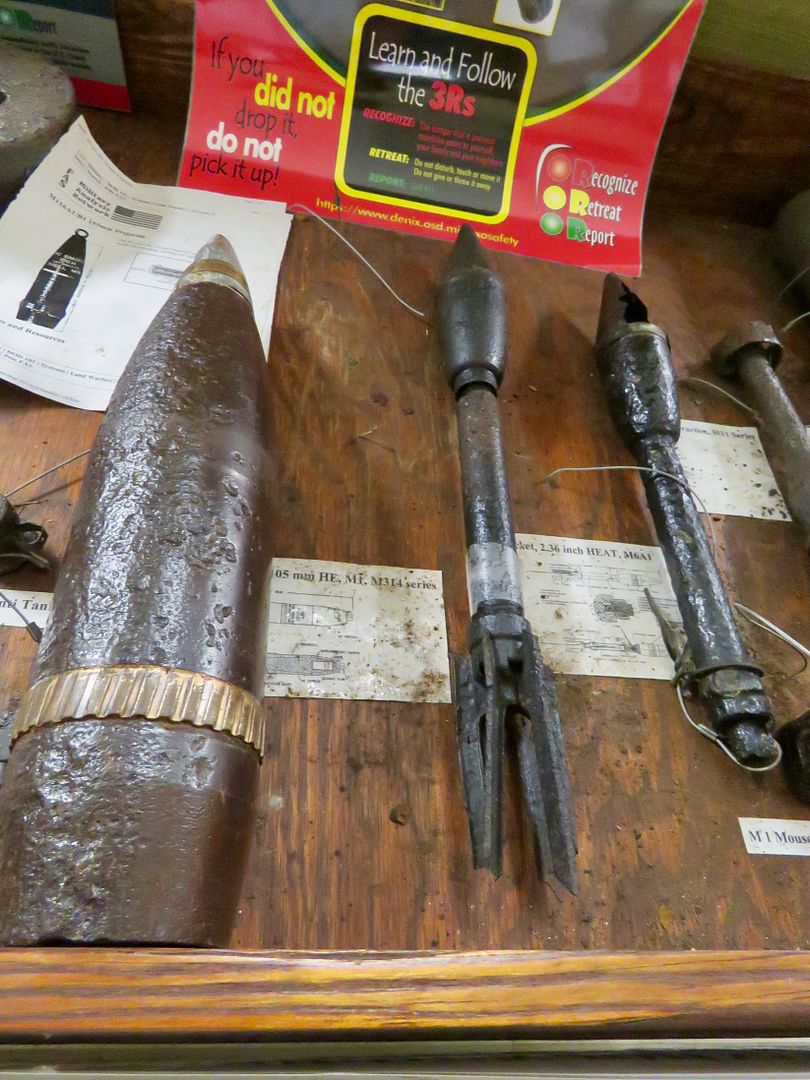
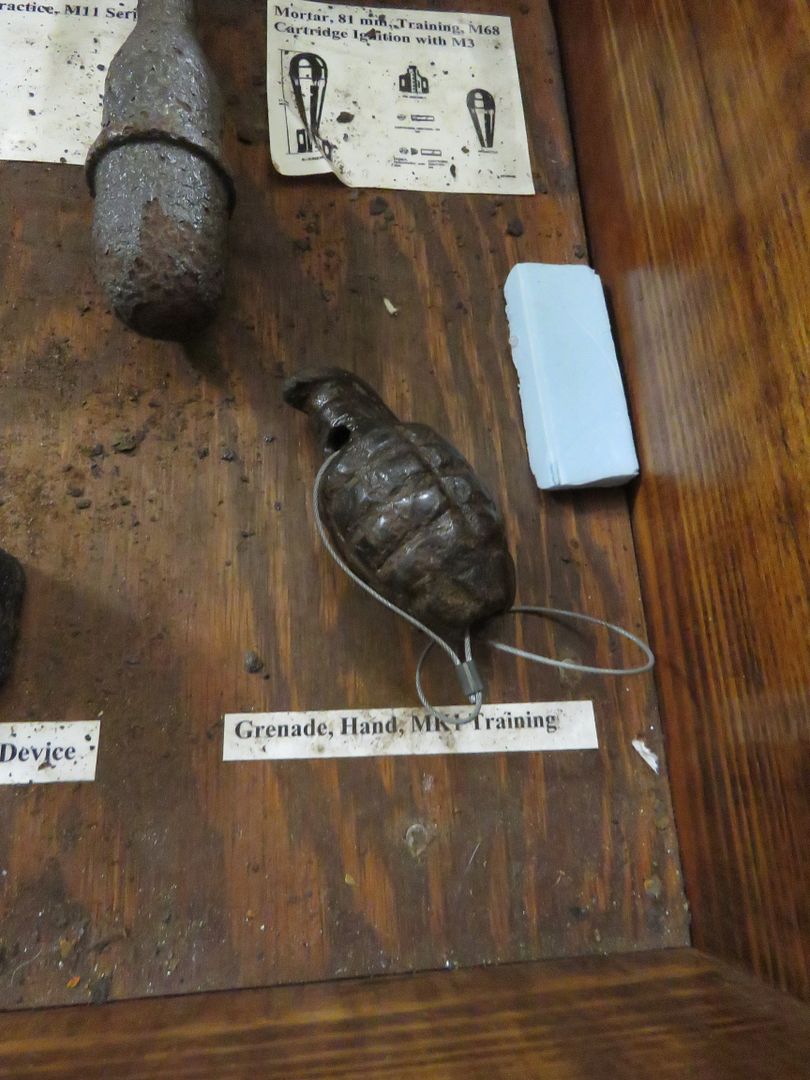

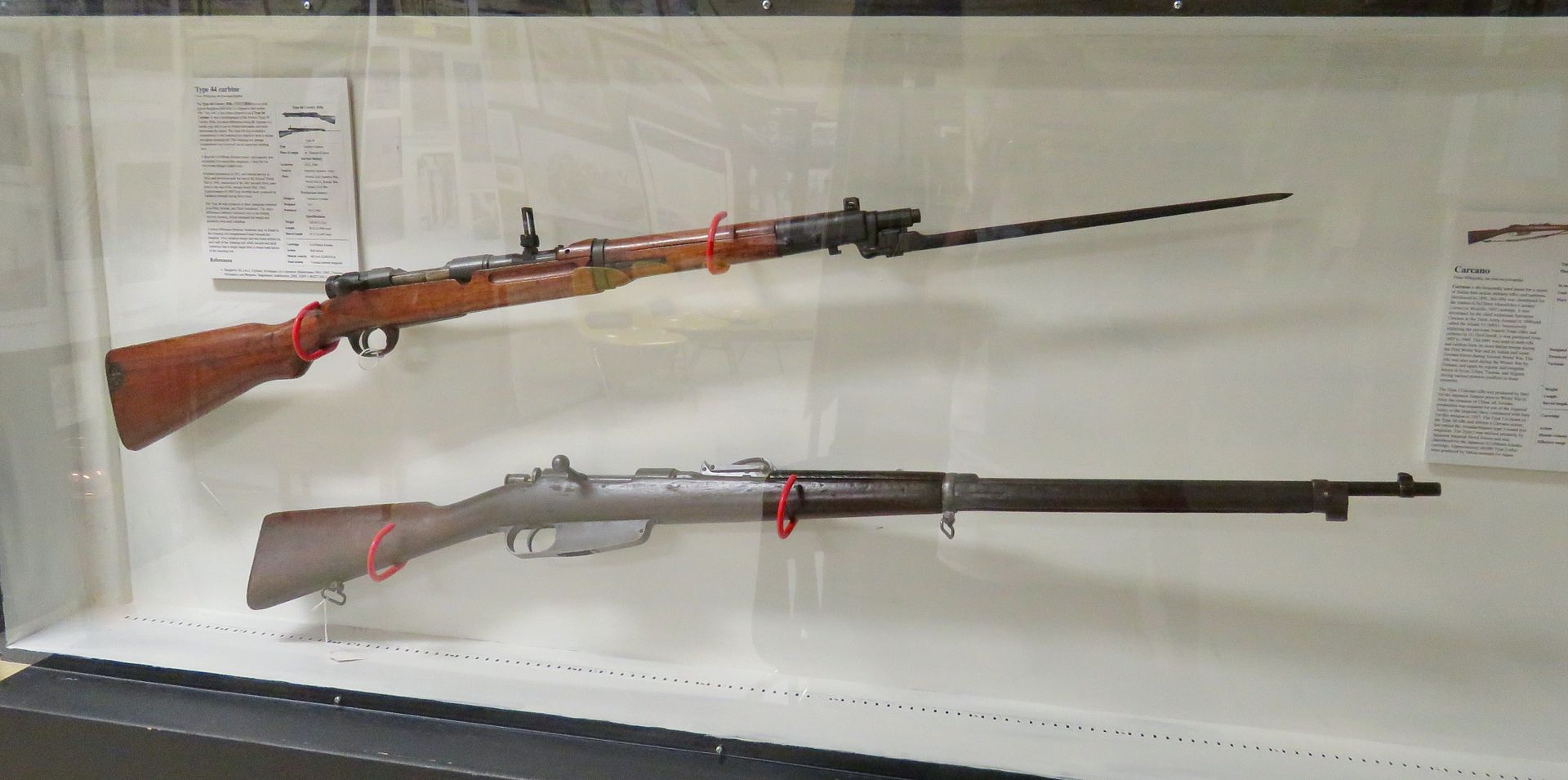

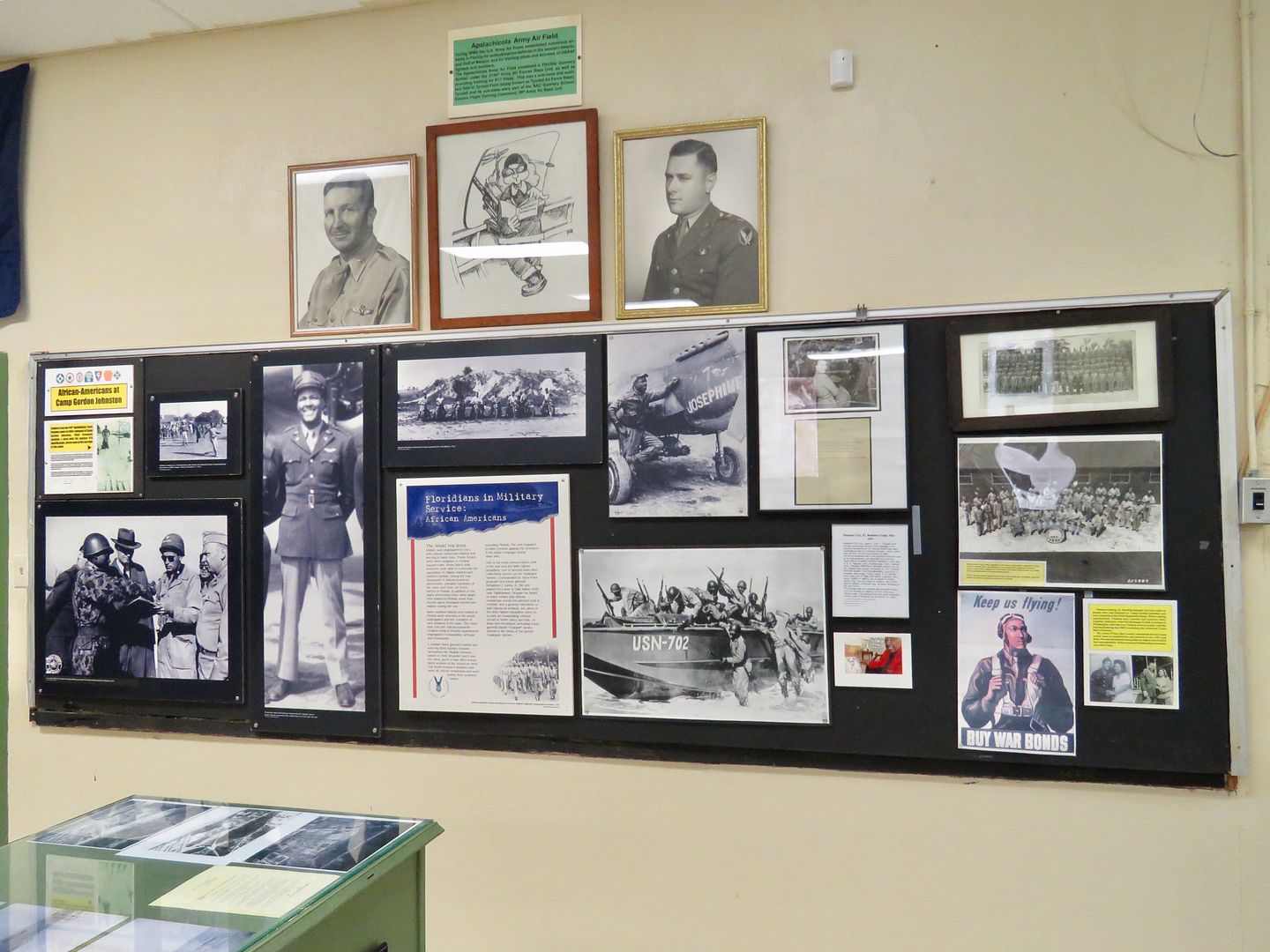
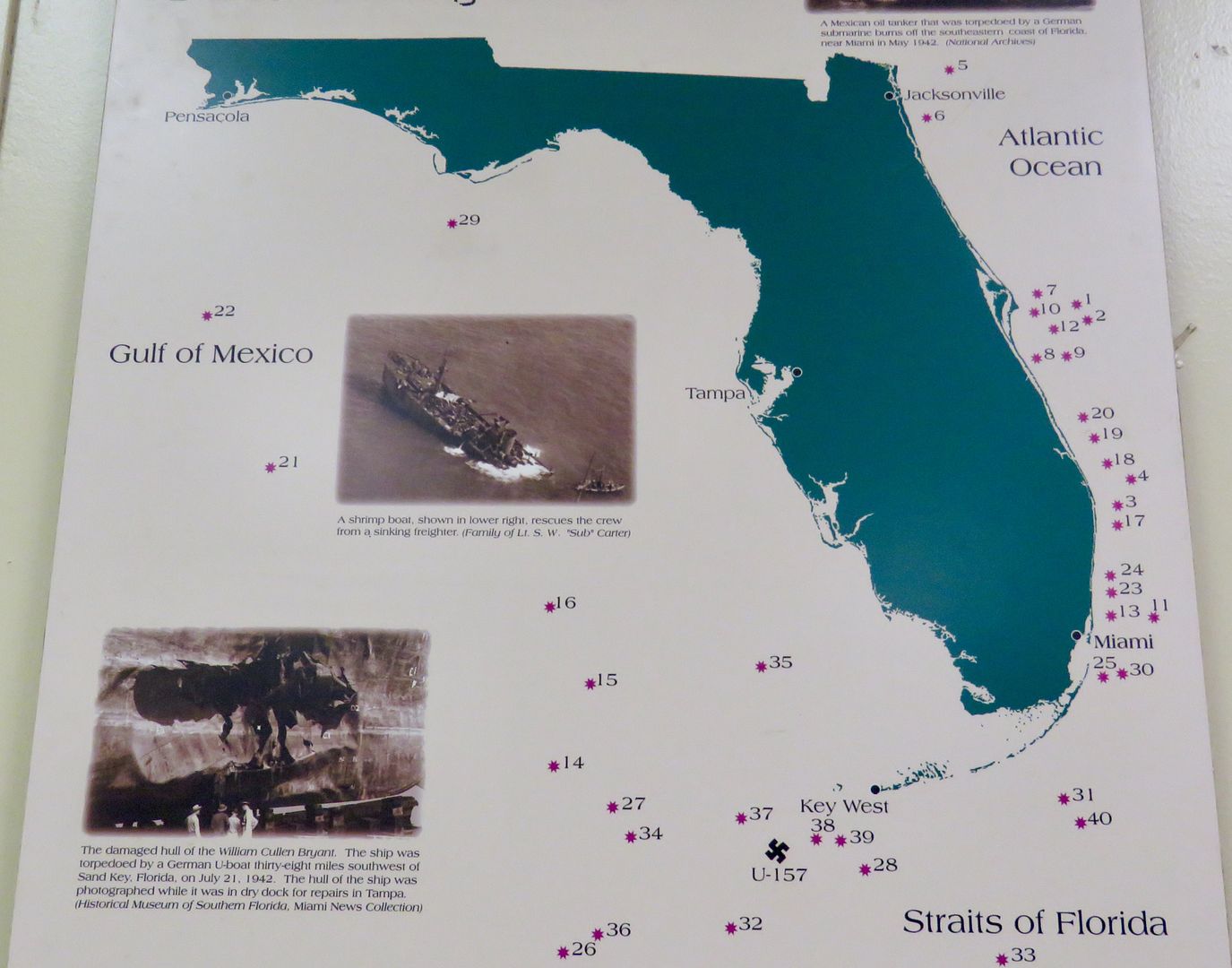

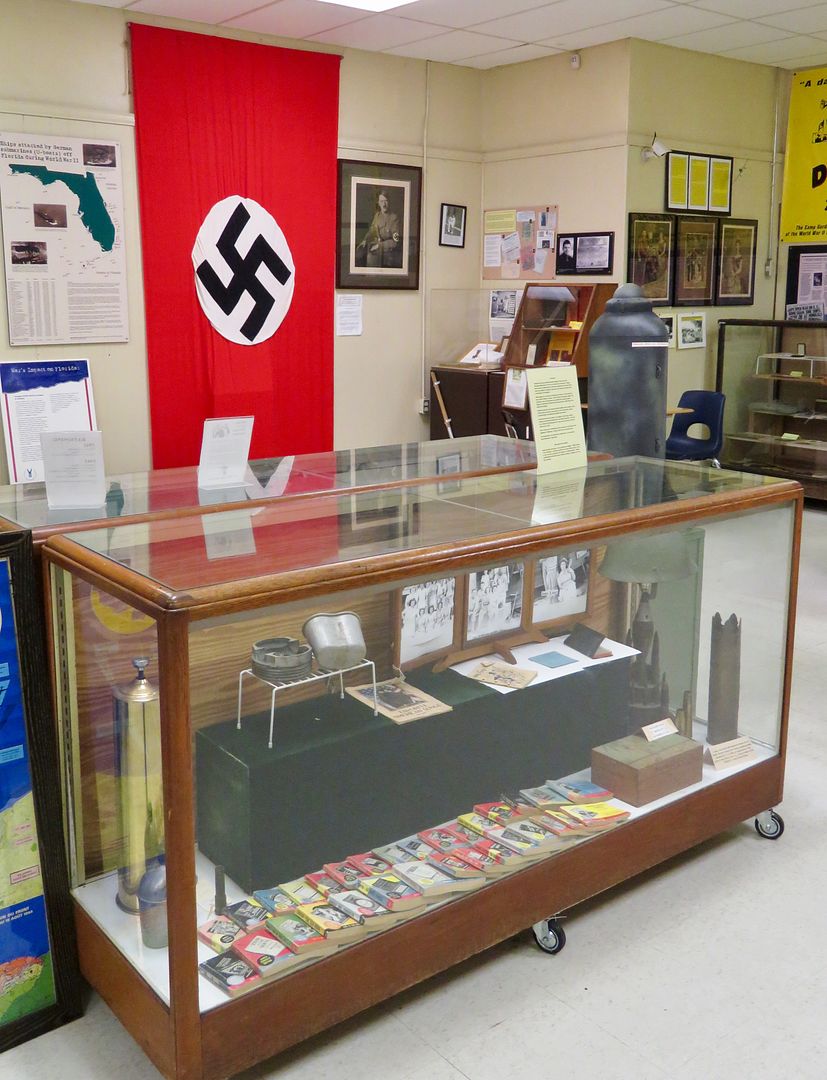
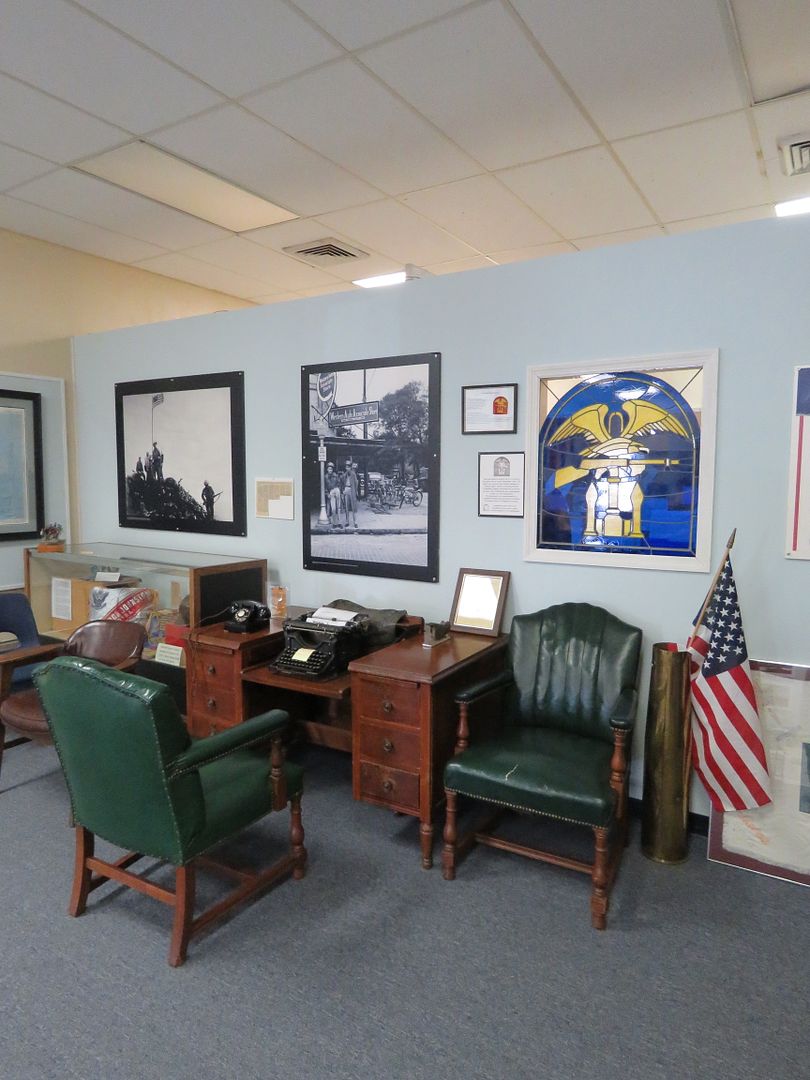
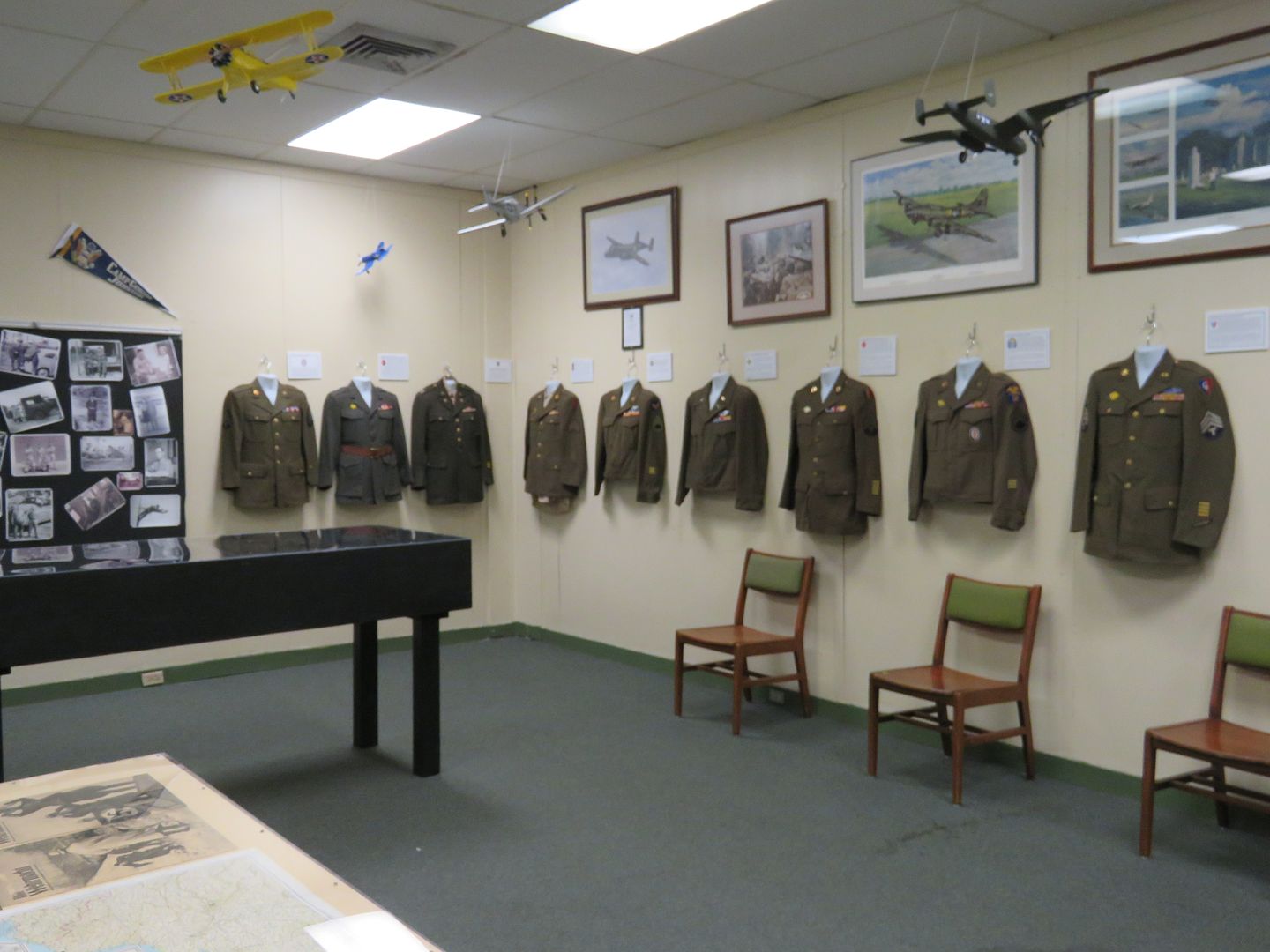

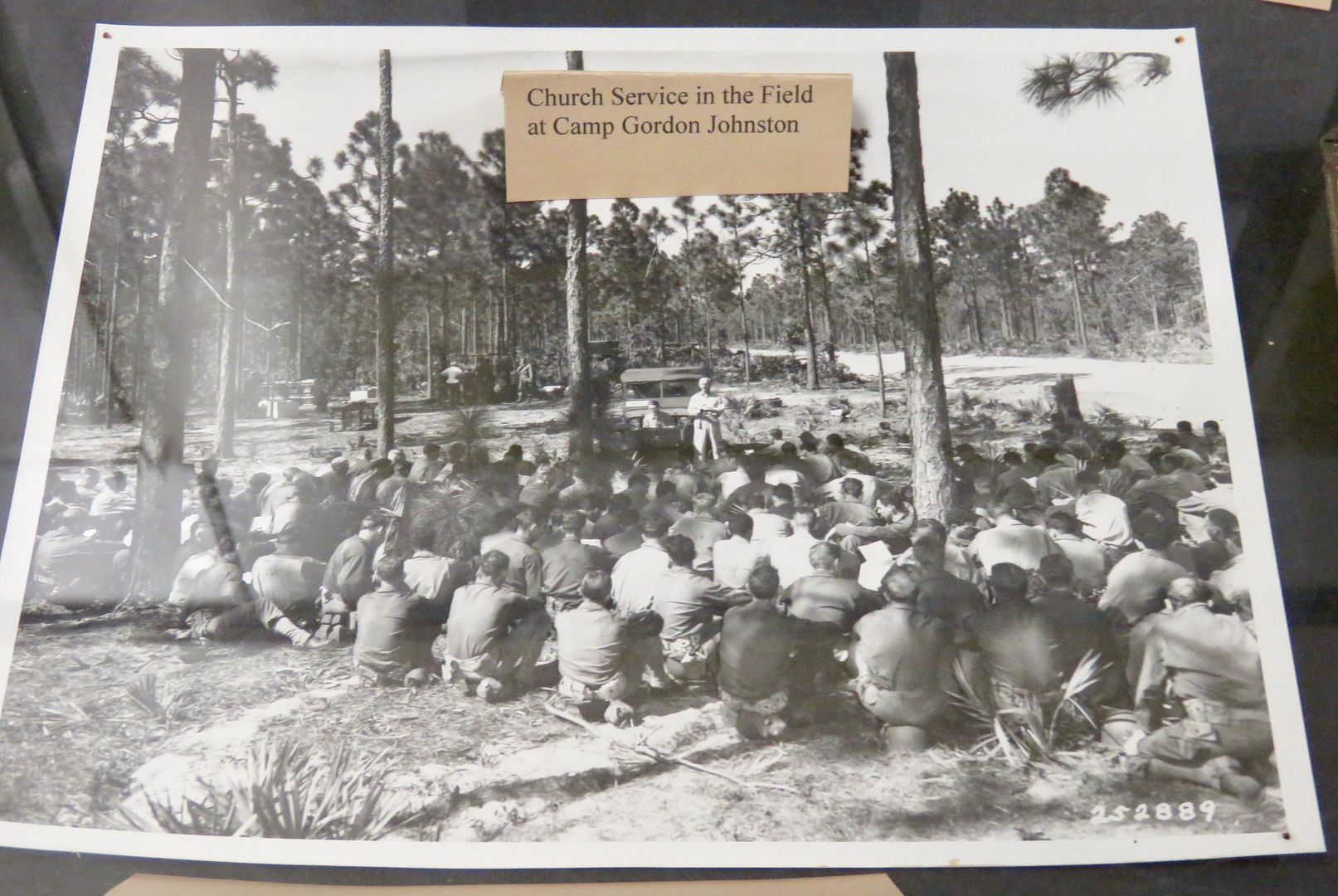

No comments:
Post a Comment